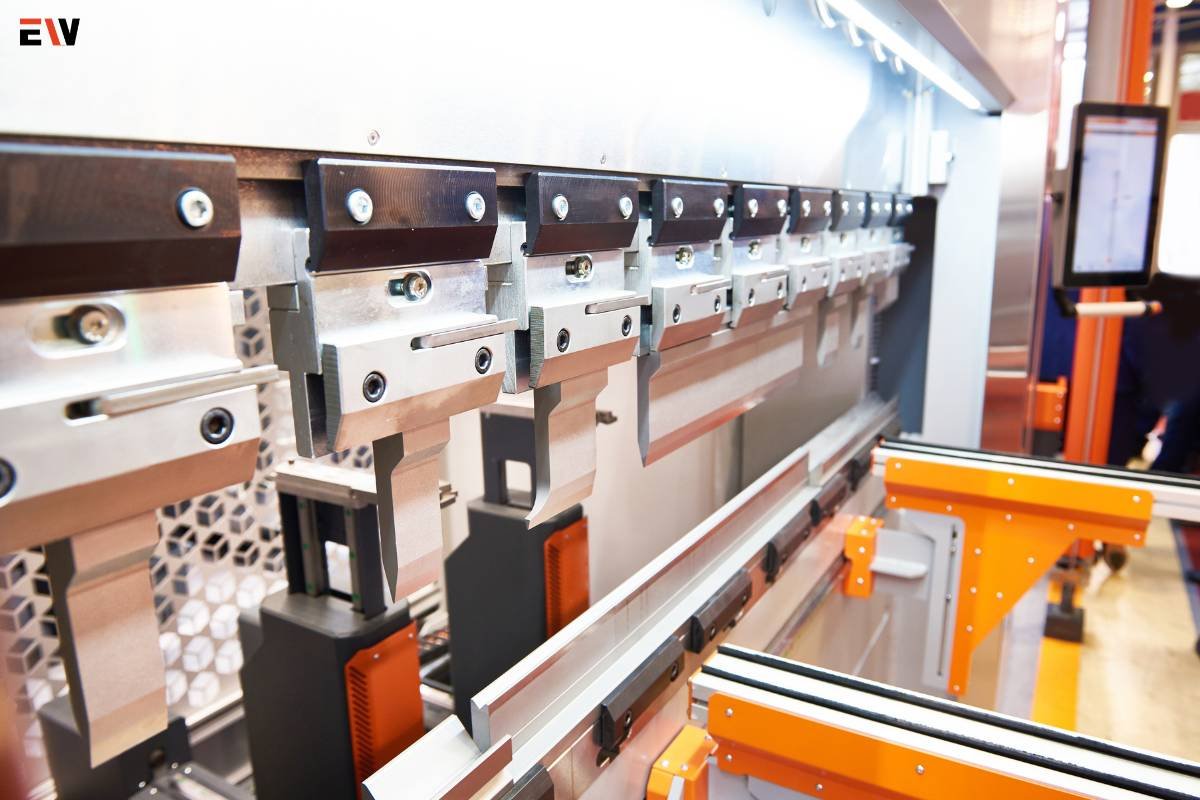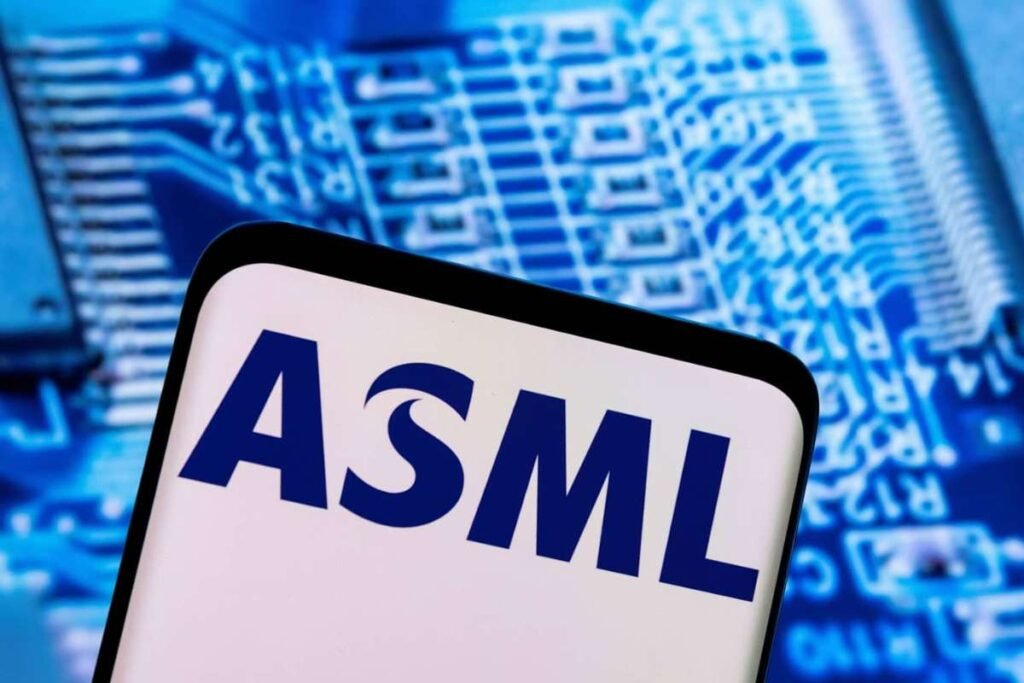In the metalworking and fabrication world, the sheet metal brake is an indispensable tool, wielding the power to transform flat metal sheets into intricate, precision-crafted components. This article delves into the functionality, applications, types, and essential considerations surrounding sheet metal brakes (SM Brakes), unraveling the artistry behind their utilization in the creation of diverse metal structures.
Understanding the Sheet Metal Brake
1. Definition and Functionality
A sheet metal brake, often called a press brake, is a mechanical device designed to bend or fold sheet metal into predetermined shapes. It clamps the metal sheet between a matching punch and die, and exerts pressure to achieve precise bends.
2. Basic Components
The fundamental components of a sheet metal brake include the bed, which supports the metal sheet; the punch, which moves downward to create the bend; and the die, a stationary surface against which the metal is bent. These components work in tandem to shape the metal according to the desired specifications.
3. Mechanical vs. Hydraulic Brakes
Sheet metal brakes come in two primary types: mechanical and hydraulic. Mechanical brakes utilize a flywheel and a clutch to generate bending force, while hydraulic brakes employ hydraulic cylinders for enhanced control and efficiency. Each type has its advantages, catering to specific fabrication needs.
Applications of Sheet Metal Brakes
1. Metal Fabrication
SM brakes play a pivotal role in metal fabrication, allowing craftsmen to create various components such as brackets, panels, enclosures, and intricate structural elements with precision and accuracy.
2. Automotive Industry
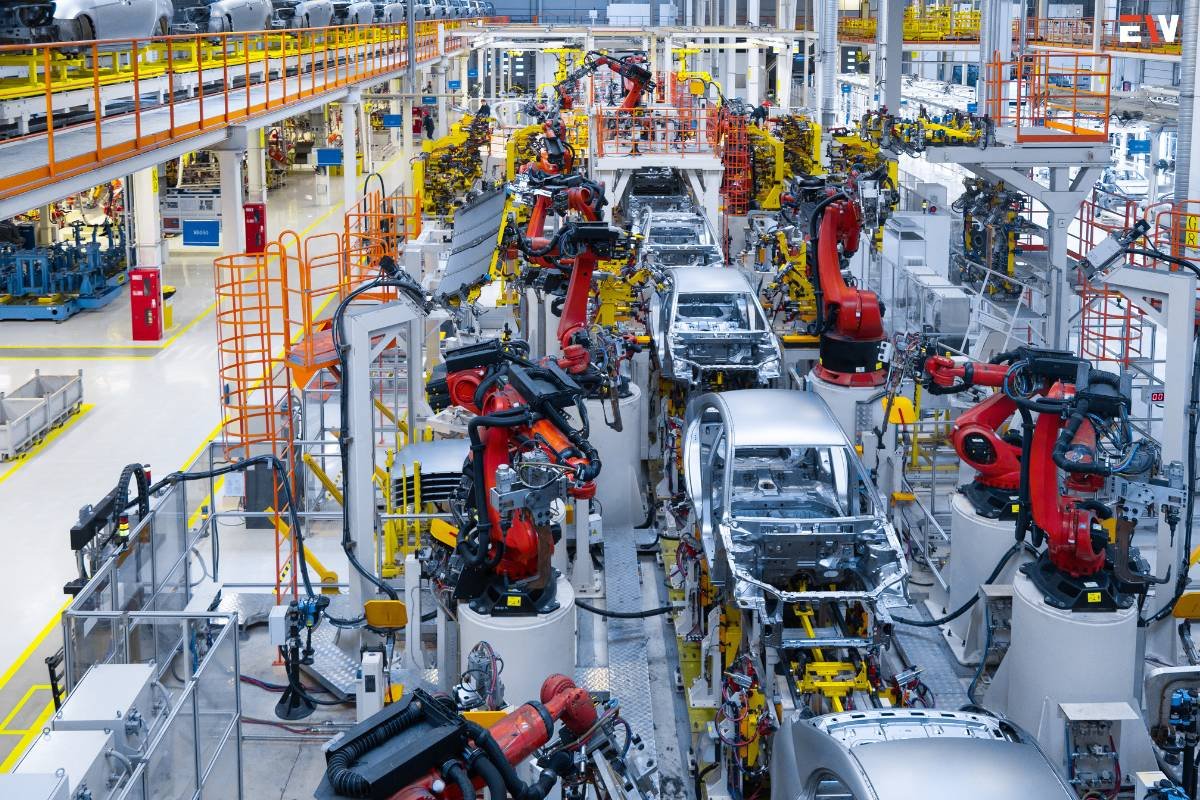
In the automotive sector, SM brakes shape metal components for vehicle bodies, frames, and various structural elements. The precision offered by these tools ensures the creation of parts that meet stringent automotive standards.
3. Aerospace Engineering
The aerospace industry relies on SM brakes to fashion lightweight yet robust components for aircraft. These brakes contribute to the production of aircraft panels, wings, and other intricate structures that demand precision and strength.
4. Architectural Metalwork
Sheet metal brakes are extensively used in architectural metalwork to create decorative elements, façades, and structural components. Achieving accurate bends and angles is crucial in producing aesthetically pleasing and structurally sound designs.
Types of Sheet Metal Brakes
1. Box and Pan Brakes
Box and pan brakes, also known as finger brakes, feature adjustable fingers that allow for the creation of complex bends and boxes. This type is ideal for forming trays, boxes, and other three-dimensional shapes.
2. Press Brakes
Press brakes are the more common variety, utilizing a punch and die setup to achieve precise bends. They are available in mechanical and hydraulic variants, offering versatility in handling different sheet metal thicknesses and bend angles.
3. Cornice Brakes
Cornice brakes specialize in forming ornamental or decorative elements, commonly used in architectural applications. Their design allows for the creation of elaborate cornices and other intricate features.
Essential Considerations in Sheet Metal Brake Usage
1. Material Thickness
The thickness of the sheet metal being worked on is a critical consideration. Different sheet metal brakes are designed to handle specific thickness ranges, and exceeding these limits can result in inaccurate bends and potential damage to the equipment.
2. Bend Angle and Radius
Achieving the desired bend angle and radius requires careful adjustment of the sheet metal brake. Understanding the specific requirements of a project ensures that the equipment is set up correctly for precise bending.
3. Material Type
Different metals exhibit varying degrees of flexibility and resistance to bending. SM brakes must be selected or adjusted based on the type of material being used, whether it be aluminum, steel, or other alloys.
4. Tooling and Accessories
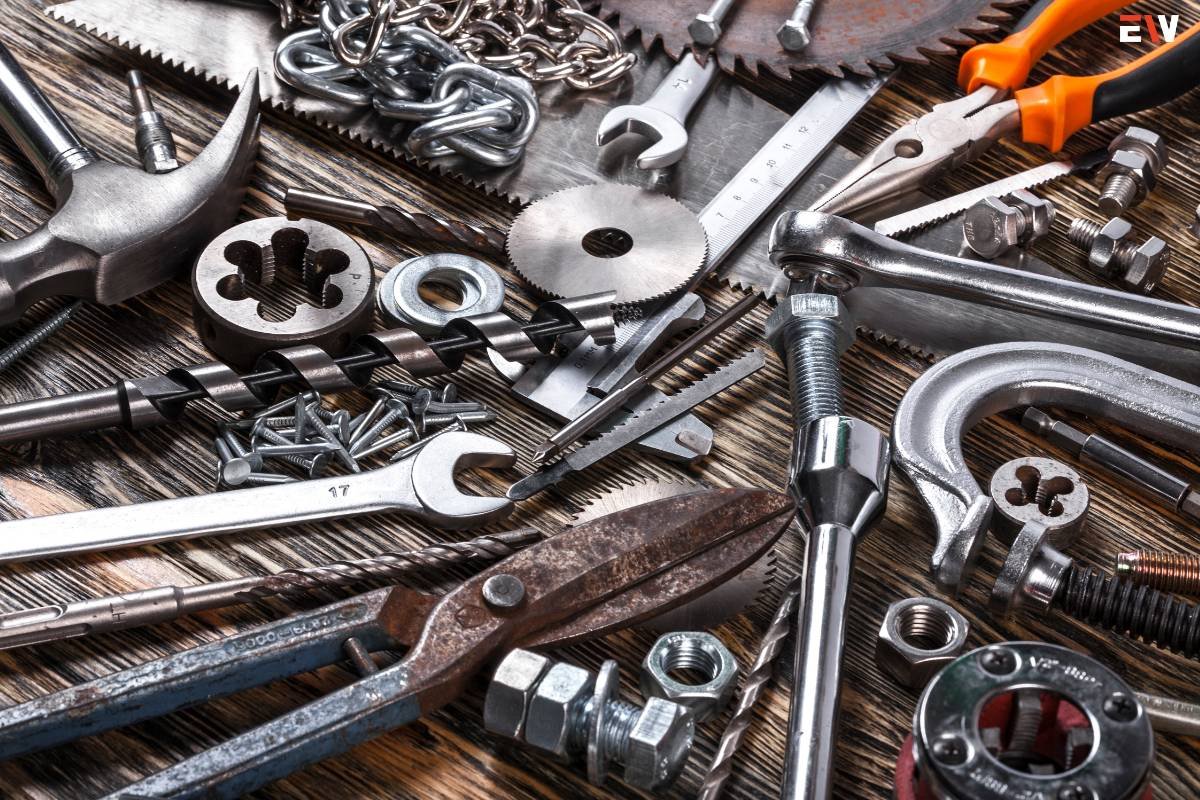
The availability of diverse tooling and accessories enhances the capabilities of SM brakes. Various punches, dies, and specialized tooling allows craftsmen to expand the range of shapes and forms they can create.
5. Batch Production and Reproducibility
SM brakes excel in batch production, allowing manufacturers to reproduce identical components with remarkable precision. This capability is especially valuable in industries where standardized, mass-produced parts are essential for maintaining consistency and efficiency.
6. Prototyping and Rapid Design Iterations
In product development and prototyping, sheet metal brakes play a crucial role in realizing design concepts. The ability to rapidly create prototypes and iterate on designs facilitates a more agile and responsive approach to product development.
7. Artistic Metalwork and Sculpture
Beyond industrial applications, SM brakes are embraced by artists and sculptors for creating unique and intricate metal artwork. The precision and versatility of these tools enable the translation of artistic visions into tangible, three-dimensional metal sculptures.
8. HVAC Ductwork Fabrication
The HVAC (Heating, Ventilation, and Air Conditioning) industry heavily relies on sheet metal brakes for fabricating ductwork. These tools are instrumental in producing the intricate components that make up efficient HVAC systems, from straight sections to complex bends.
9. Customization and Tailored Solutions
SM brakes empower craftsmen and manufacturers to provide customized and tailored solutions. Whether creating unique metal fixtures for interior design or crafting specialized components for machinery, the adaptability of SM brakes enables a high degree of customization.
10. Integration with Computer Numerical Control (CNC)
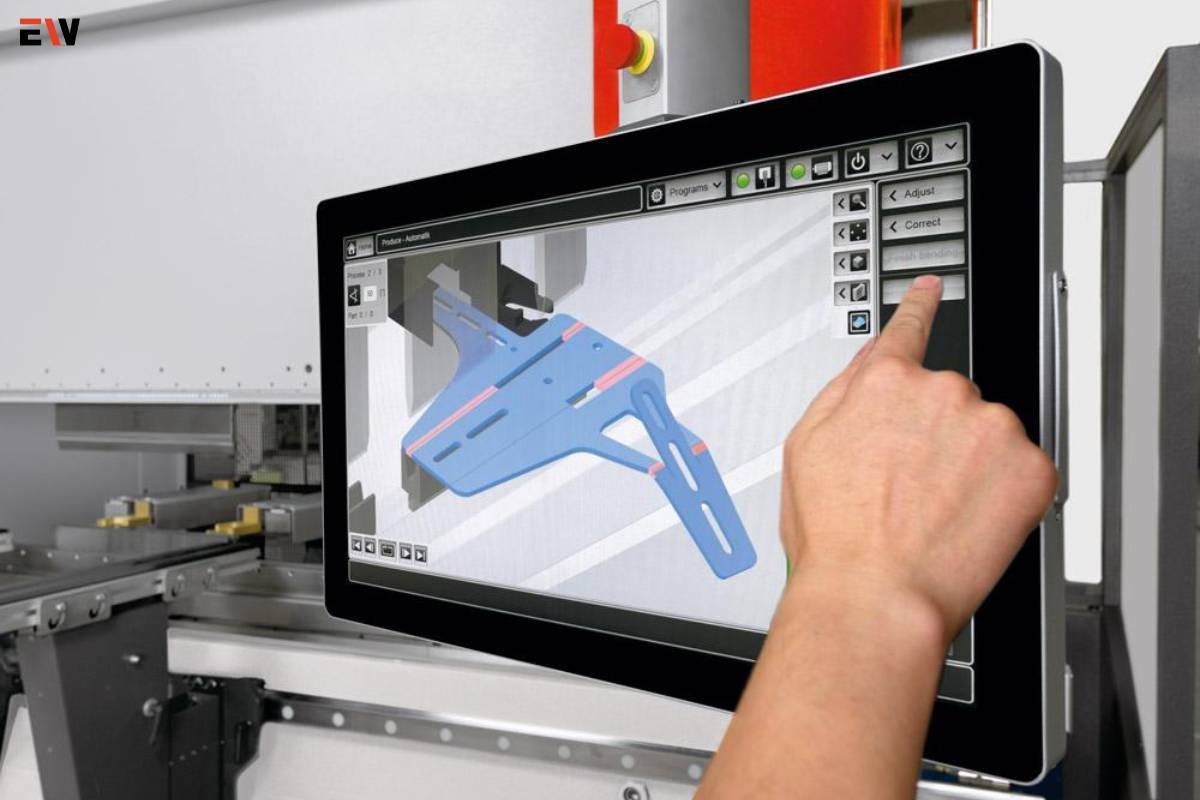
The integration of sheet metal brakes with CNC technology enhances precision and repeatability. CNC-controlled SM brakes allow for automated and programmable bending sequences, reducing manual intervention and ensuring consistent results in large-scale production.
11. Environmental Impact and Sustainable Practices
The efficient use of materials and the precision offered by sheet metal brakes contribute to sustainable practices. Minimizing material waste through accurate bends and shapes aligns with environmentally conscious manufacturing approaches.
Safety Considerations
1. Protective Gear
Operators of SM brakes should wear appropriate protective gear, including gloves and eye protection, to safeguard against potential injuries from sharp edges and metal debris.
2. Machine Guarding
Ensuring that SM brakes are equipped with proper guarding mechanisms prevents accidental contact with moving parts, reducing the risk of accidents during operation.
3. Training and Certification
Adequate training and certification for operators are crucial. Understanding the correct usage, safety protocols, and potential hazards associated with sheet metal brakes contributes to a safer working environment.
Conclusion
Sheet metal brakes stand as precision instruments in the world of metal fabrication, transforming flat metal sheets into intricate and functional components across various industries. From architectural marvels to the construction of aerospace structures, the versatility of SM brakes makes them indispensable tools for craftsmen and engineers alike. Understanding the nuances of these machines, their applications, and the safety measures required ensures that the artistry of sheet metal bending continues to shape the world of metalworking with precision and excellence.

